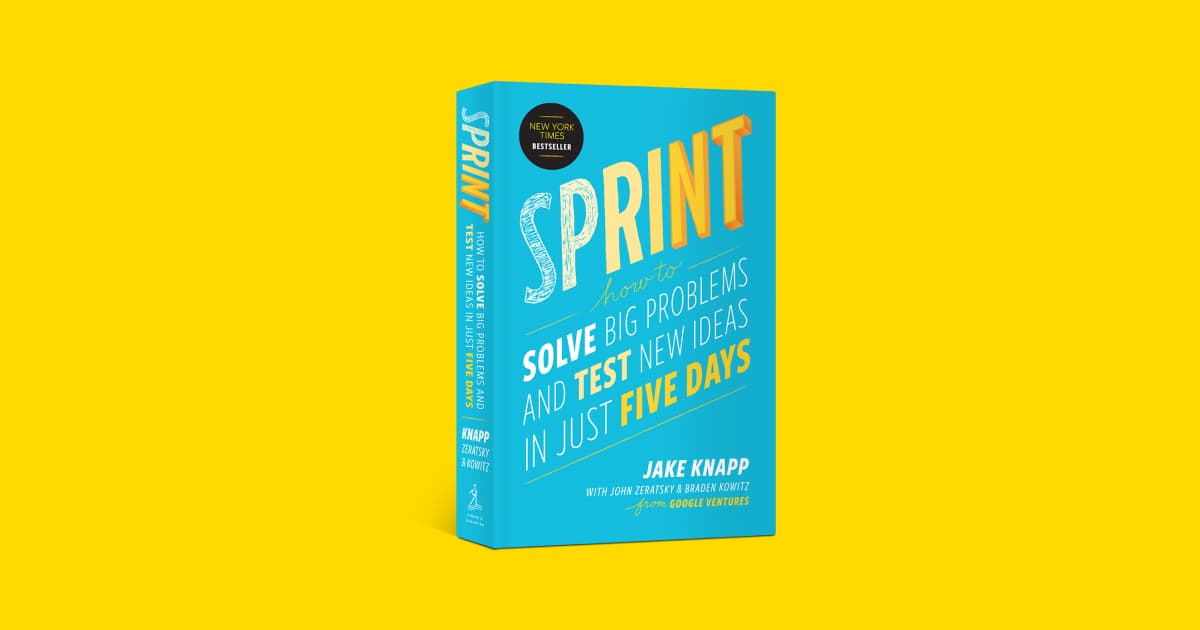Here at Sping, we’re always looking for ways to improve our development process and explore new technologies. Recently, we embarked on a one-week sprint, inspired by the “Sprint” methodology by Jake Knapp, to delve deeper into the world of Hotwire Turbo for Ruby on Rails projects.
This short but focused effort proved to be a valuable learning experience, not only for the technology itself, but also for our team dynamics and problem-solving approach.
From Brainstorm to Backlog: A Collaborative Kick-off
Our week began with a collaborative brainstorming session. The goal? Identify a real-world problem within our company that could be tackled using Hotwire Turbo and Ruby on Rails. After some creative back-and-forth, a clear winner emerged: our Digital Lab’s outdated, paper-based lunch attendance system.
This analog process not only felt out of place in our tech-savvy environment but also consumed the office manager’s time. We saw an opportunity to create a more efficient and, dare we say, fun solution using Turbo.
With the problem identified, our team, comprised of a UX designer, two developers, and a project manager, sprang into action. We defined the project backlog, which outlined the key functionalities and features, and established a clear schedule for daily meetings and task delegation.
A UX Designer with a Code Hankering
An interesting aspect of this sprint was the division of traditional roles. Our UX Designer who really likes coding got involved in a new way during this project. He wanted to work on the front-end part of things, so he learned CSS and made playful animations for the application.
This exemplifies the beauty of a short sprint: the flexibility to adapt and leverage the diverse skillsets within the team.
The Journey Continues: Lessons Learned
While the specifics of the application’s development will be covered in a future post, this initial blog serves as an introduction to our week-long adventure. What did we learn?
Firstly, short sprints are a fantastic way to explore new technologies in a low-stakes environment. Secondly, fostering collaboration across traditional roles can lead to unexpected strengths and a more engaging development process. Finally, who knew lunch attendance could be so much fun?
Stay tuned for the next post, where we’ll delve into the technical details of building our Turbo-charged lunch attendance app!
